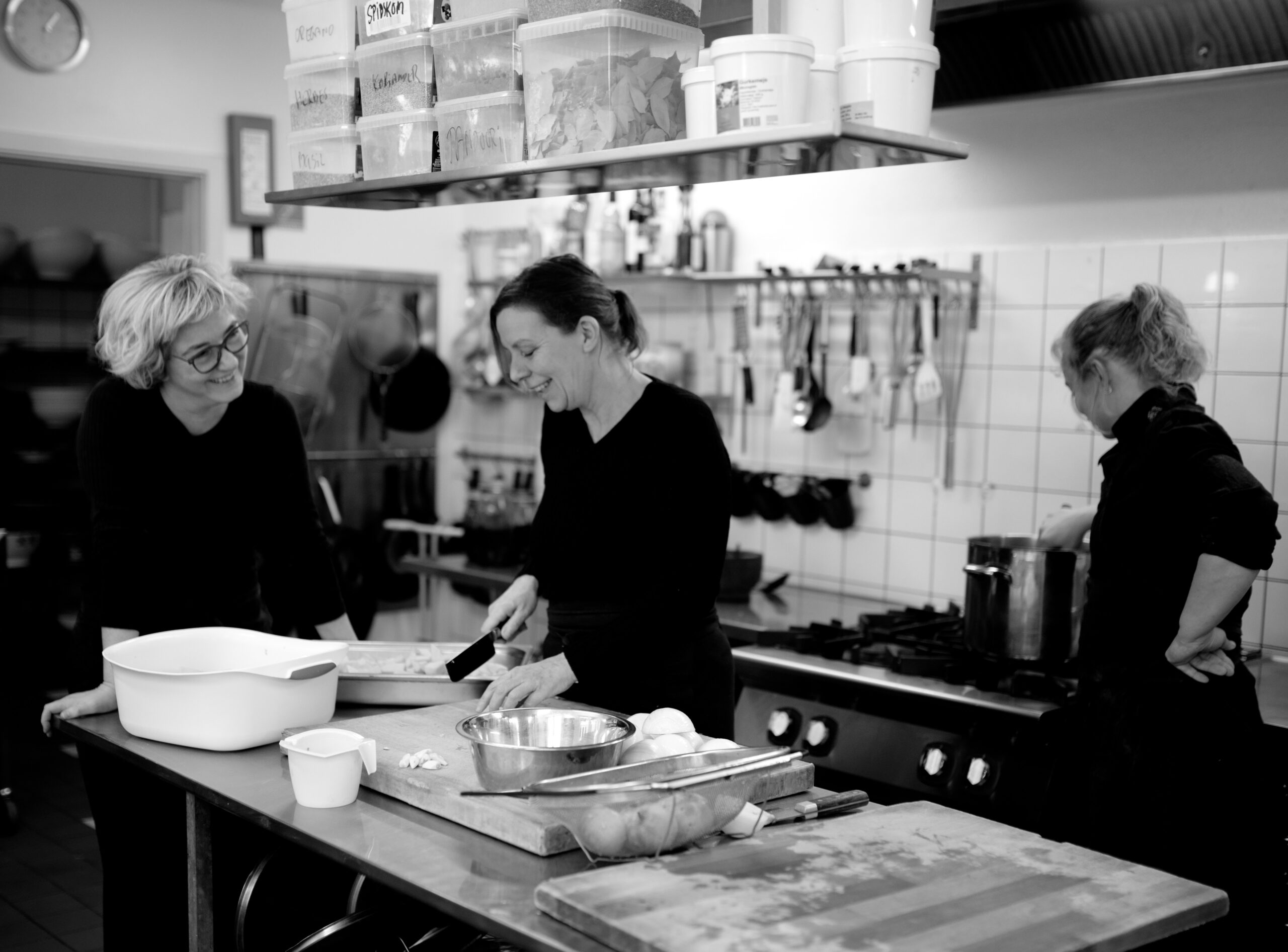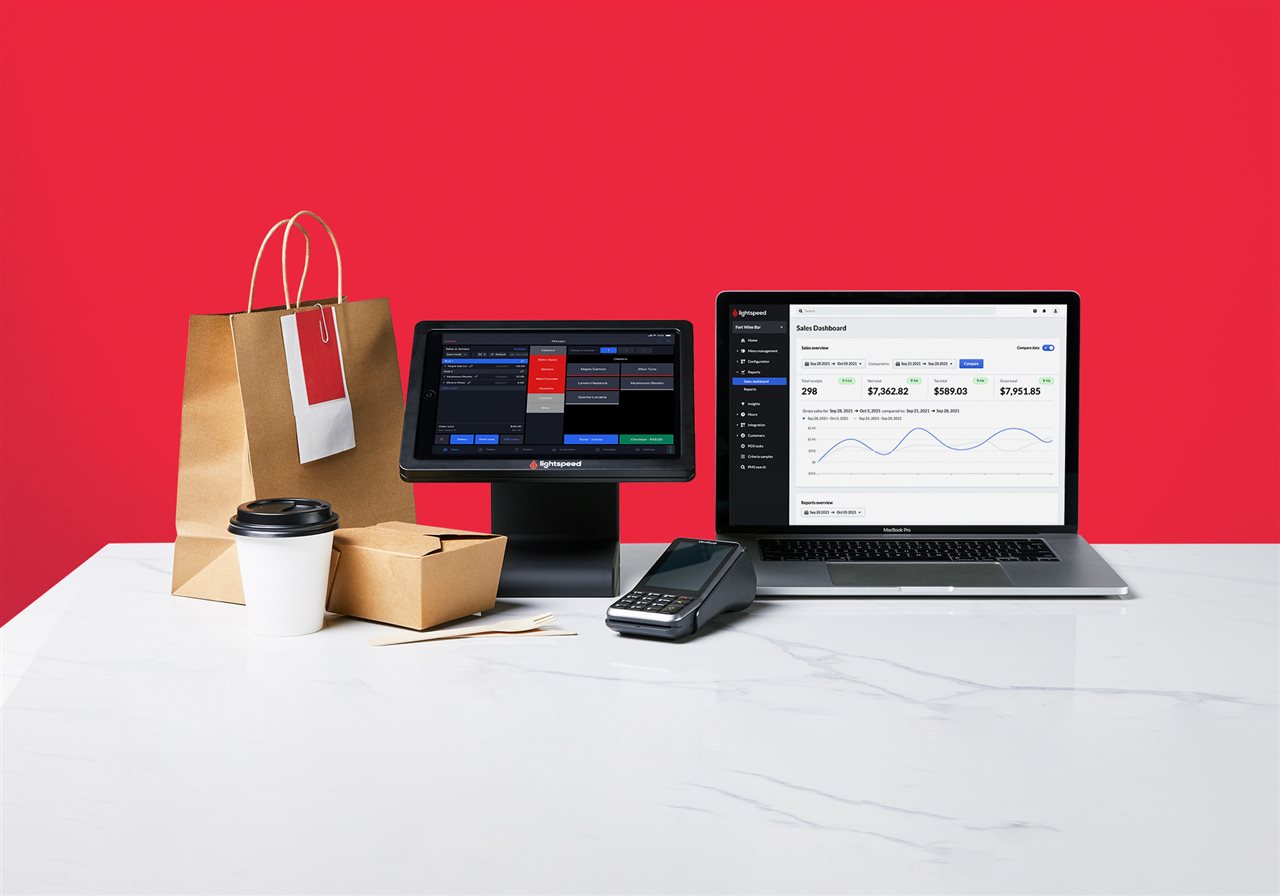The magic woven by a good culture is subtle yet profound. It’s the invisible thread that ties the hearts of the staff to the establishment, fueling a sense of ownership and pride in being part of a larger, meaningful narrative. This sentiment is palpable to the patrons, who are not merely looking for a meal but an experience that warms the heart and nourishes the soul.
10 TIPS TO HELP YOU BUILD AND MAINTAIN A WINNING CULTURE FOR YOUR RESTAURANT.
By Dom Hemingway
In the restaurant industry, creating a distinctive niche entails more than just a unique menu. The very essence of the culture embedded within the restaurant’s walls often makes a lasting impression on the palette of the patrons. A positive and enriching work culture can transform the dining experience, crafting an ambiance where employees and guests thrive. This symbiotic relationship between a restaurant’s culture and customer experience underpins a successful business.
A welcoming culture in a restaurant acts like a magnet, pulling in a loyal customer base and passionate and dedicated employees. This magnetic culture is often reflected through the interactions between the staff, the quality of service, and the overall vibe of the establishment. Each individual, from the chef to the waitstaff, contributes to the narrative of the restaurant, and it’s this collective narrative that either enchants or dissuades customers from returning.
The ten pearls of wisdom outlined here are geared towards assisting you in nurturing and preserving an inviting, warm, and collaborative culture within your restaurant venture. This endeavor is not a one-off task but a continuous growth, adaptation, and rejuvenation journey to keep the restaurant’s spirit fresh and appealing. Investing in a positive culture lays down the foundational stones of an authentic brand identity that resonates profoundly with your employees and cutomers.
Creating a culture that celebrates every individual’s unique contribution, values open communication, and strives for service excellence can significantly elevate the stature and appeal of your restaurant. Such a culture in your restaurant fosters a community of satisfied customers and a dedicated, happy workforce. The tips provided below are a compass to guide with the cultivation of a culture that’s as enriching and delightful as the items on your menu.
1. Recruit Passionate Individuals:
Hiring individuals who share your love for the culinary arts and excellent customer service is the cornerstone of a vibrant restaurant culture. Look for passion and a willingness to learn during the recruitment process.
2. Foster Open Communication:
Encourage a culture where feedback flows freely between the staff and management. It promotes transparency, helps in addressing issues promptly, and nurtures a sense of belonging.
3. Invest in Training and Development:
Continuous learning is critical. By investing in your staff’s training and development, you are enhancing their skills and showing that you value their growth.
4. Celebrate Achievements, Big and Small:
Recognition goes a long way in boosting morale and fostering a positive work environment. Celebrate the big and small milestones to keep the spirits high.
5. Promote Work-Life Balance:
The demanding hours of the restaurant business can take a toll. Promoting a work-life balance shows that you care about your employees’ well-being, which nurtures a positive culture. .
6. Engage in Team Building Activities:
Team-building activities are a fun and effective way to foster camaraderie and a cooperative spirit. They can range from simple outings to engaging workshops.
7. Maintain High Standards of Professionalism:
Upholding a professional atmosphere while keeping the environment warm and friendly is a delicate balance that can set the tone for your restaurant’s culture.
8. Be Adaptive to Change:
The restaurant industry is ever-evolving. Being open to change and adapting to new trends or feedback can keep your restaurant culture dynamic and appealing. .
9. Invest in Community Engagement:
Establishing a presence in the local community by engaging in social causes or local events can create a positive image and foster a sense of pride among your staff.
10. Maintain a Clean and Safe Environment:
Ensuring your restaurant is a clean, safe, and enjoyable workplace is fundamental. It reflects respect for both your employees and your patrons.
Summary:
Embarking on the journey of integrating these invaluable tips can significantly contribute to cultivating a restaurant culture that emerges as a source of joy and motivation for your staff while acting like a magnet that irresistibly draws in your clientele. This invigorating atmosphere is a testament to the harmonious co-existence of passion, professionalism, and a penchant for creating memorable experiences. A robust and positive culture is akin to a backstage pass, offering a glimpse into the core values and ethos that propel a restaurant toward the pinnacle of success, making it a cherished spot for both the ones who serve and those who savor.
The magic woven by a good culture is subtle yet profound. It’s the invisible thread that ties the hearts of the staff to the establishment, fueling a sense of ownership and pride in being part of a larger, meaningful narrative. This sentiment is palpable to the patrons, who are not merely looking for a meal but an experience that warms the heart and nourishes the soul. When the staff is happy, motivated, and engaged, it reflects in the quality of service, the enthusiasm in their interactions, and the genuine smiles that greet the customers. This aura of goodwill and camaraderie envelops the clientele, enticing them to return to the delightful experience and to become part of a community that appreciates and celebrates good food in good company.
Moreover, a vibrant culture within a restaurant acts as a catalyst for innovation and excellence. It fosters a conducive environment for the staff to continuously learn, grow, and contribute their unique flavors to the restaurant’s identity. This amalgamation of diverse talents and ideas often leads to a menu that’s as dynamic and engaging as the team behind it.
Furthermore, it cultivates a fertile ground for receiving and acting upon feedback from the staff and the patrons, which is crucial for the restaurant’s evolution and staying relevant in the ever-evolving culinary landscape.
Learn more about creating a great restaurant culture at FRANCHISE GROWTH SOLUTIONS


